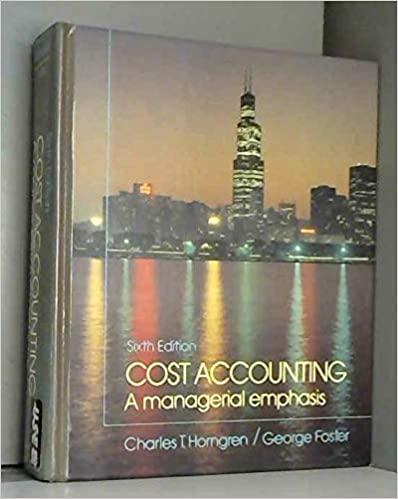Question
30. The main cost components of brick laying are Direct labour, Direct materials (bricks) and variable overhead (mortar). A bricklayer has decided to switch from
30. The main cost components of brick laying are Direct labour, Direct materials (bricks) and variable overhead (mortar). A bricklayer has decided to switch from regular sized bricks (8 length, 2.25 height, 4 depth) to larger bricks (12 length, 2.25 height, 4 depth). Larger bricks cost 20% more than regular sized bricks. It takes approximately the same level of labour per brick to lay either size of brick. Larger bricks require more mortar per brick, but overall less mortar per job. The switch to larger bricks will likely result in the following variances
A. Favourable Direct Labour variance, Favourable Direct Material Variance
B. Unfavourable Direct Labour variance, Favourable Direct Material Variance
C. Favourable Direct Labour variance, Unfavourable Variable overhead variance
D. Unfavourable Direct Material Variance, Favourable Variable overhead variance
E. Favourable Direct Material Variance, Unfavourable Variable overhead variance
Step by Step Solution
There are 3 Steps involved in it
Step: 1

Get Instant Access to Expert-Tailored Solutions
See step-by-step solutions with expert insights and AI powered tools for academic success
Step: 2

Step: 3

Ace Your Homework with AI
Get the answers you need in no time with our AI-driven, step-by-step assistance
Get Started


